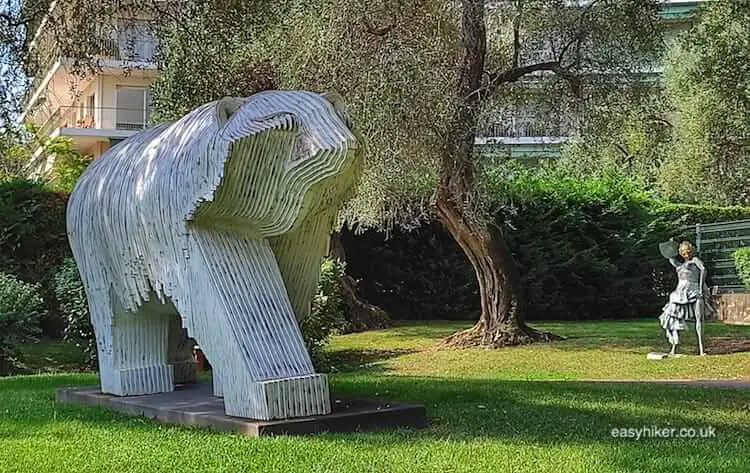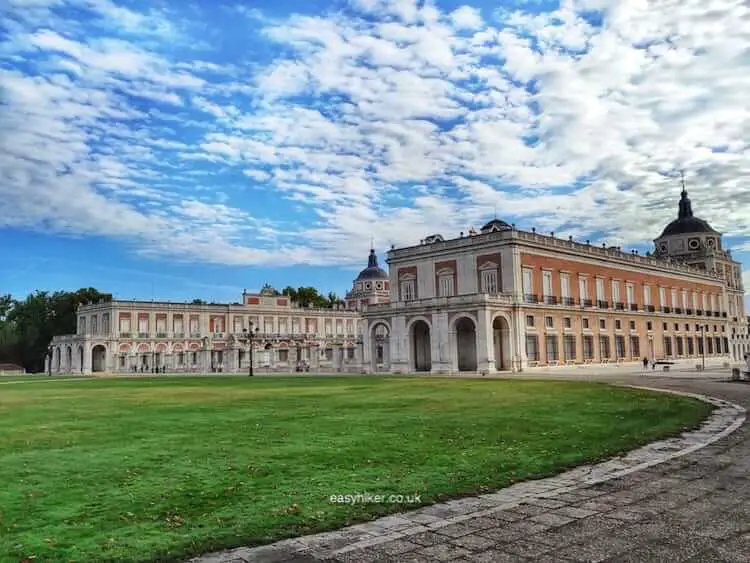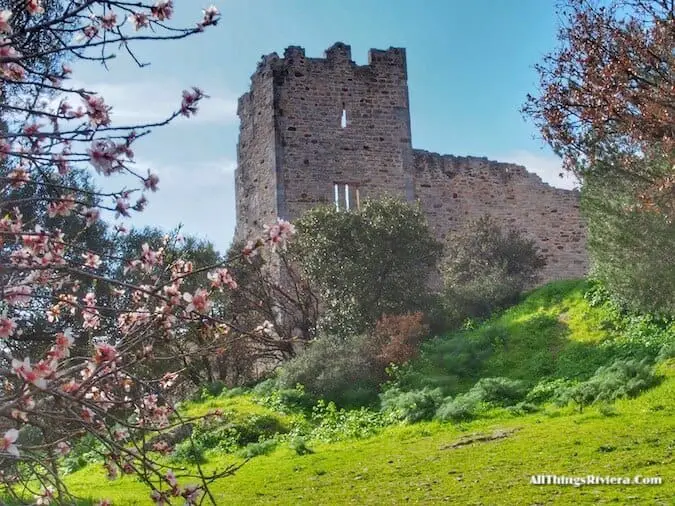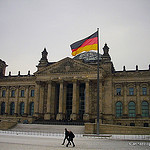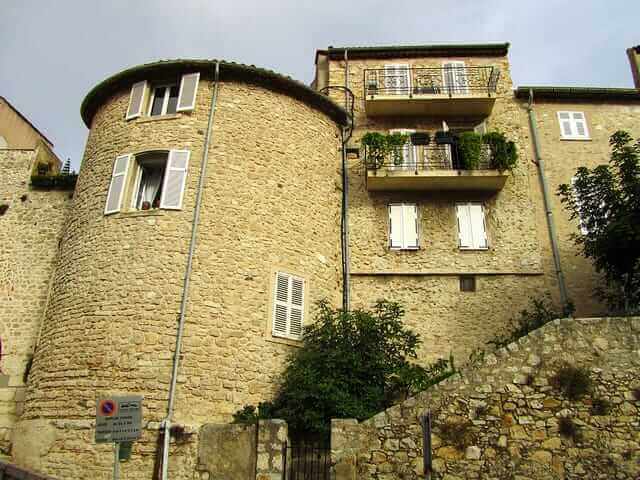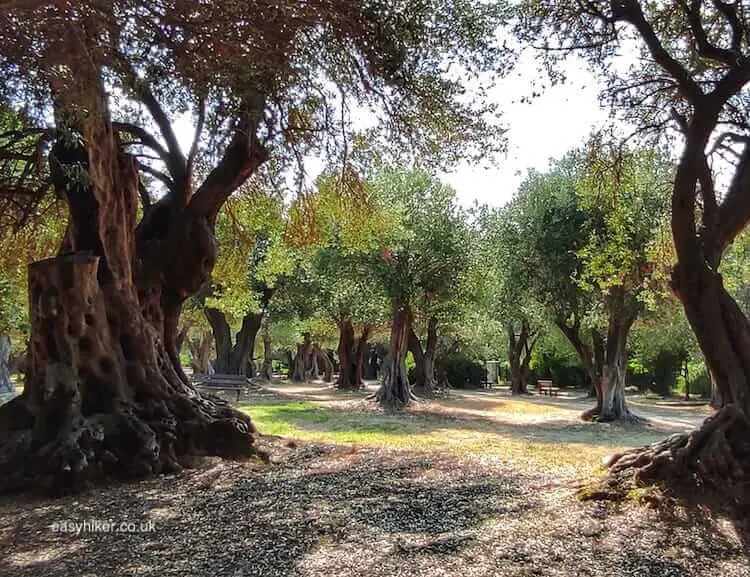
Why yearn for faraway countries when so much beauty is close at hand? I would love to say that we went to explore the Parc du Cap Martin on the French Riviera inspired by these famous words of Goethe, but the truth is far more prosaic: a friend had invited us for a drink in the garden cafeteria.
She had recently discovered the park and wanted to share her experience with us, so today, we are going to share our own little voyage of discovery with you.

The Parc du Cap Martin, located on the Cap Martin peninsula underneath the mountain village of Roquebrune, may be one of the French Riviera’s newest tourist attractions – most of its features were only added over the past few decades – but the olive orchard at its heart provides a link to the coast’s far more distant history, to Roman soldiers and beyond to the first Greek settlers of ancient antiquity.

It is not easy to establish the exact age of olive trees, but experts have estimated that some of the orchard’s trees could have been planted more than 2000 years ago.
In other words (the words of Napoleon): from the heights of these olive trees, 20 centuries may be looking down on us.

That this park exists today at all is something we owe to Mr. and Mrs. Friedman who saved the orchard from destruction in the 1920s and later donated the entire territory to the citizens and the municipality of Roquebrune Cap Martin. This was a most generous gift, considering that the Friedmans’ former property borders on some of the most expensive real estate in the world.
Views across the Gulf of Monaco parts are of the area’s and now of the public park’s attraction.
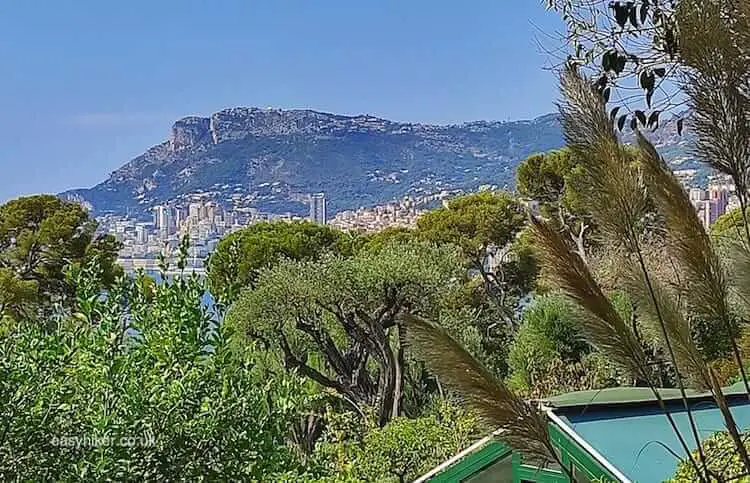
Successful artists came to this part of the Cote d’Azur when it was expensive but still somewhat affordable: the poet W.B. Yeats spent his final years in the neighbourhood as did the architect Le Corbusier who built a small wooden summer house here (“Le Cabanon”) and drowned when taking a swim in the waters of the Gulf.
More recently, however, people with a different type of wealth have moved in, confirming the Riviera’s reputation as a “sunny place for shady people”. The Cap Martin’s most prominent resident of recent years, Field Marshal Mobutu Sese Seko, self-styled “Father of the Congolese Nation”, was the kind of man who gave African military dictators a bad name.
The park, meanwhile, is still lined by buildings that reflect taste and a sense of proportion. One of these buildings may very well have been the residence of the Friedmans …
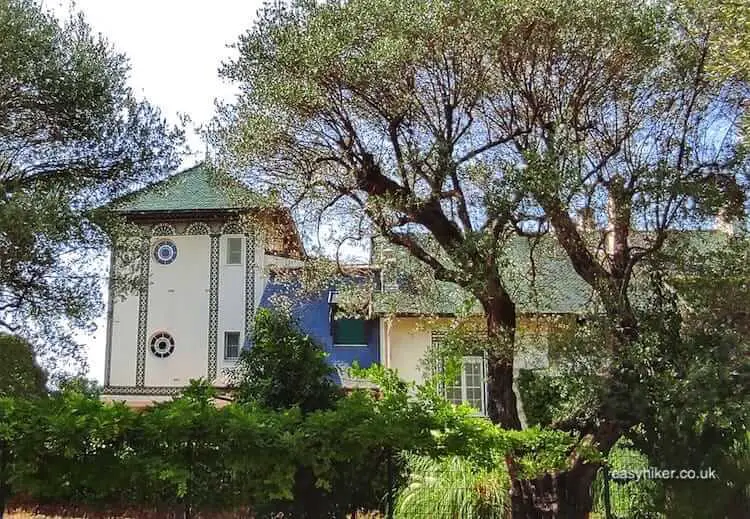
… whose role in the history of the park is politely understated throughout the site. We failed to spot a single memorial or monument erected in their honour and found only this: a modest stone plate in a quiet corner.

The impression is that they gladly left the spotlight to others. There is no bust of the Friedlands but instead a gallery of statues dedicated to the memory of famous people who have played some role in the area’s history, from the Empress Eugenie (who built a villa near the Cap Martin after the death of her husband, the Emperor Napoleon III) …

… to crowned heads of a more recent vintage.

This portrait gallery is embedded in an entire open-air museum of contemporary sculptures, which range from grand expressionist statements …
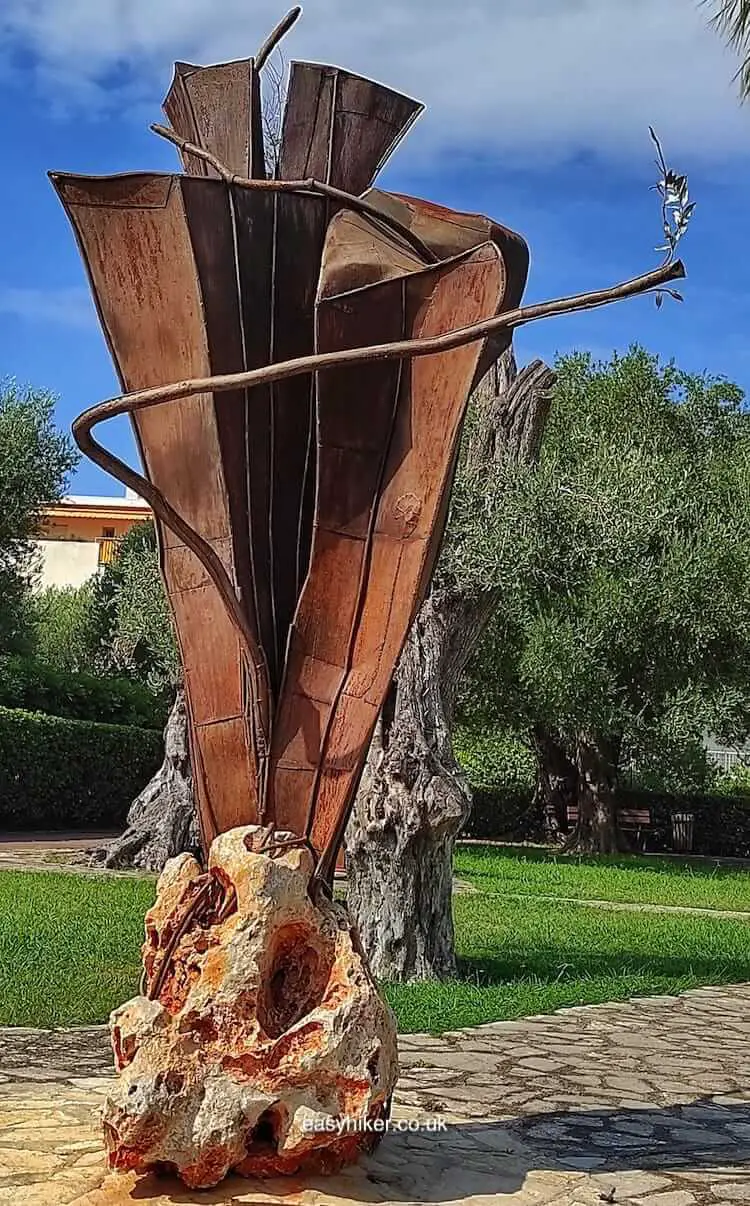
… to the cool and wittily conceptual.
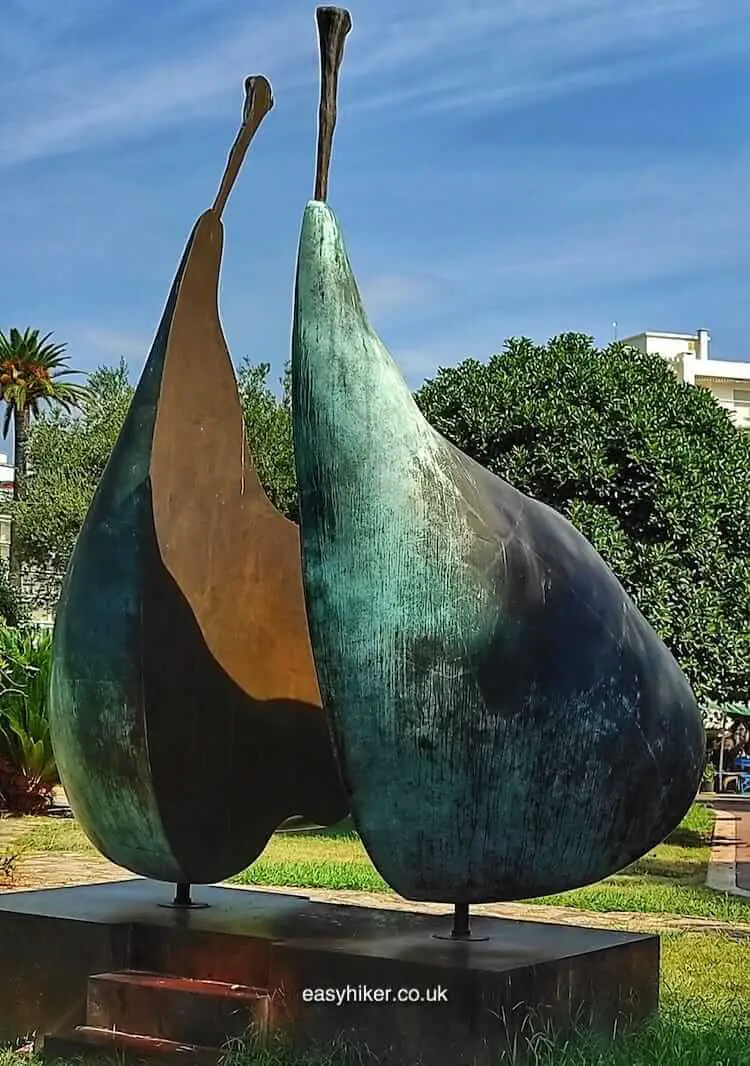
These two main areas of the park, sculpture gallery and olive orchard, are connected by a third section, a long alleyway that in itself is a gallery but one of smaller pleasures: one where small scenic arrangements …
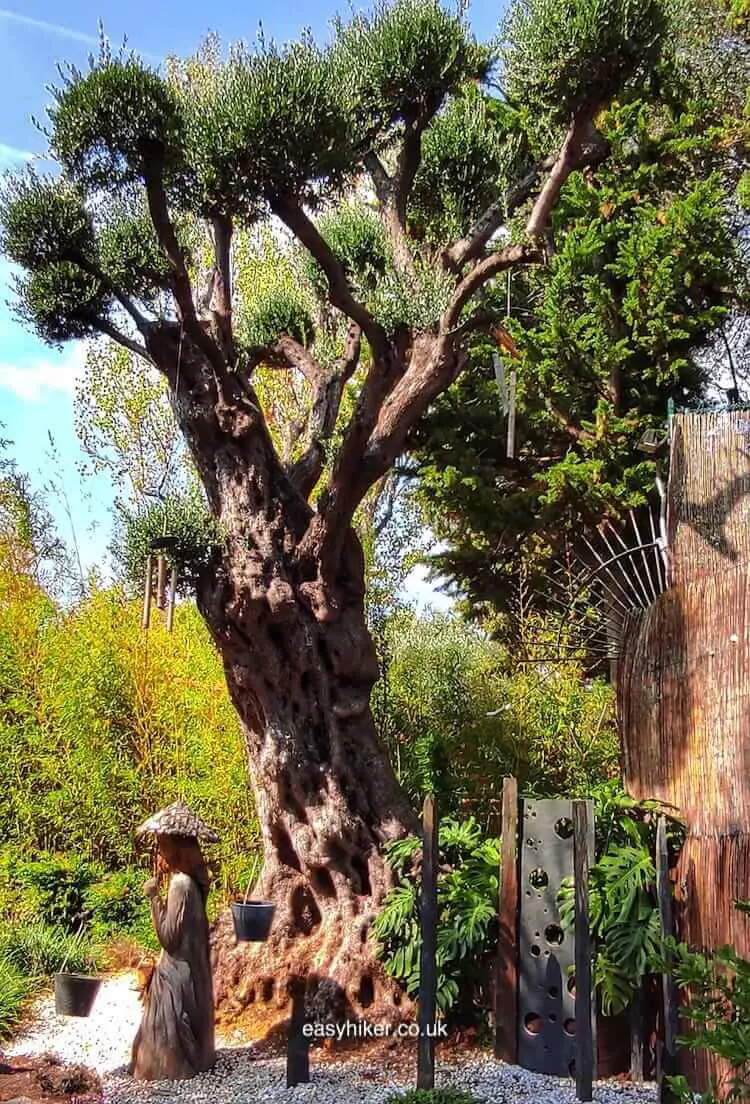
… are complemented by droll, easy-to-overlook footnotes.

But not only this alleyway, the entire park rewards closer scrutiny, inviting you to go on your own “voyage of discovery”: it is a place where the whimsical and the awesome happily coexist with each other – living in perfect harmony like the Beauty and the Beast.
